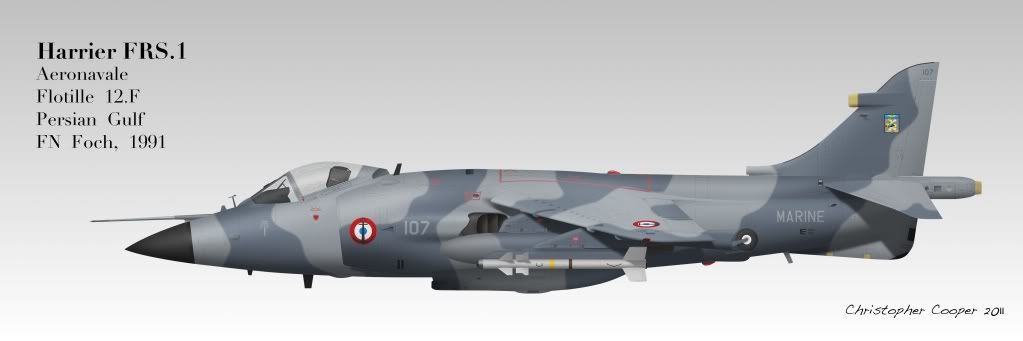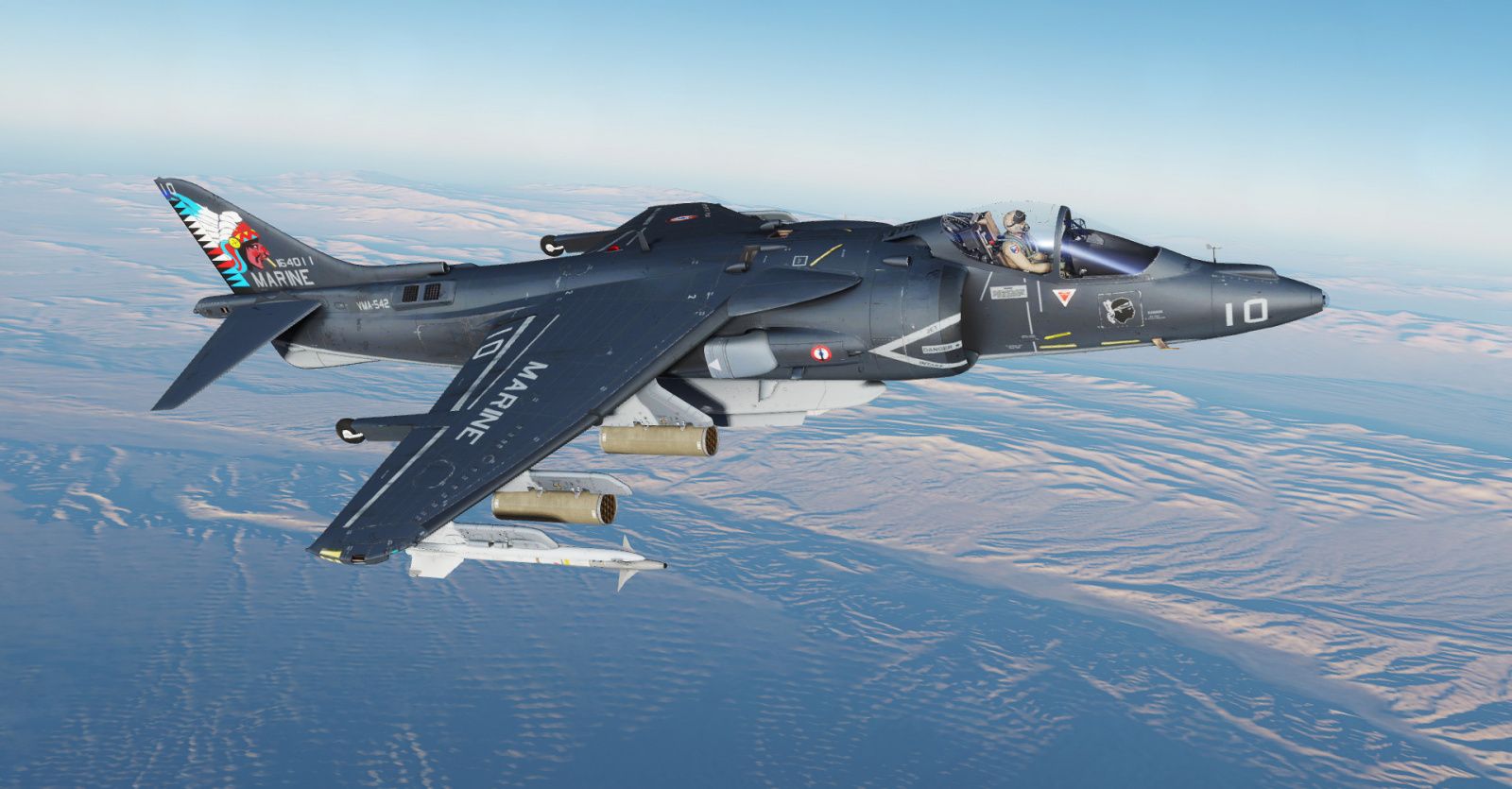This is a rough TL sketch.
POD is October 20, 1971. http://www.ffaa.net/projects/jaguar/jaguar_fr.htm
That day, off Marseille, the Foch is flight testing Jaguar M05, that is: the navalized fifth prototype. As the aircraft is returned to the hangar for maintenance, one mechanic raise alarm. There are two cracks on the Adour engine berths ! This time enough is enough, the test campaign is over and so is the Jaguar M (OTL it agonized for 18 more month, until Super Etendard buried it in January 1973).
The next month (coincidence ?) Dassault has Mirage F1-04 making approaches (but not touch and go or landings) on Foch. The same month a Harrier lands on board the Jeanne d'Arc helicopter cruiser - more tests are planned on Foch, they happened OTL on November 14, 1973: too late.
The Harrier test on Jeanne d'Arc is tipping point. Thinking about the coming PH75 (nuclear or not) it would be interesting to have Harriers as the Foch and Clemenceau attack wing. Because they could use both ship !
The British are also complaining about the 100 less Jaguar M rising cost of the land based variant(s).
To placate them, Harriers could be bought - and so they will.
Despite Dassault complaint and activism, in January 1973 defense minister Michel Debré confirm the decision to buy 100 Harriers. For the Aéronavale it is also a way of securing PH75, tying its fate with the larger Clems.
Three years later...
POD is October 20, 1971. http://www.ffaa.net/projects/jaguar/jaguar_fr.htm
That day, off Marseille, the Foch is flight testing Jaguar M05, that is: the navalized fifth prototype. As the aircraft is returned to the hangar for maintenance, one mechanic raise alarm. There are two cracks on the Adour engine berths ! This time enough is enough, the test campaign is over and so is the Jaguar M (OTL it agonized for 18 more month, until Super Etendard buried it in January 1973).
The next month (coincidence ?) Dassault has Mirage F1-04 making approaches (but not touch and go or landings) on Foch. The same month a Harrier lands on board the Jeanne d'Arc helicopter cruiser - more tests are planned on Foch, they happened OTL on November 14, 1973: too late.
The Harrier test on Jeanne d'Arc is tipping point. Thinking about the coming PH75 (nuclear or not) it would be interesting to have Harriers as the Foch and Clemenceau attack wing. Because they could use both ship !
The British are also complaining about the 100 less Jaguar M rising cost of the land based variant(s).
To placate them, Harriers could be bought - and so they will.
Despite Dassault complaint and activism, in January 1973 defense minister Michel Debré confirm the decision to buy 100 Harriers. For the Aéronavale it is also a way of securing PH75, tying its fate with the larger Clems.
Three years later...
Last edited:


